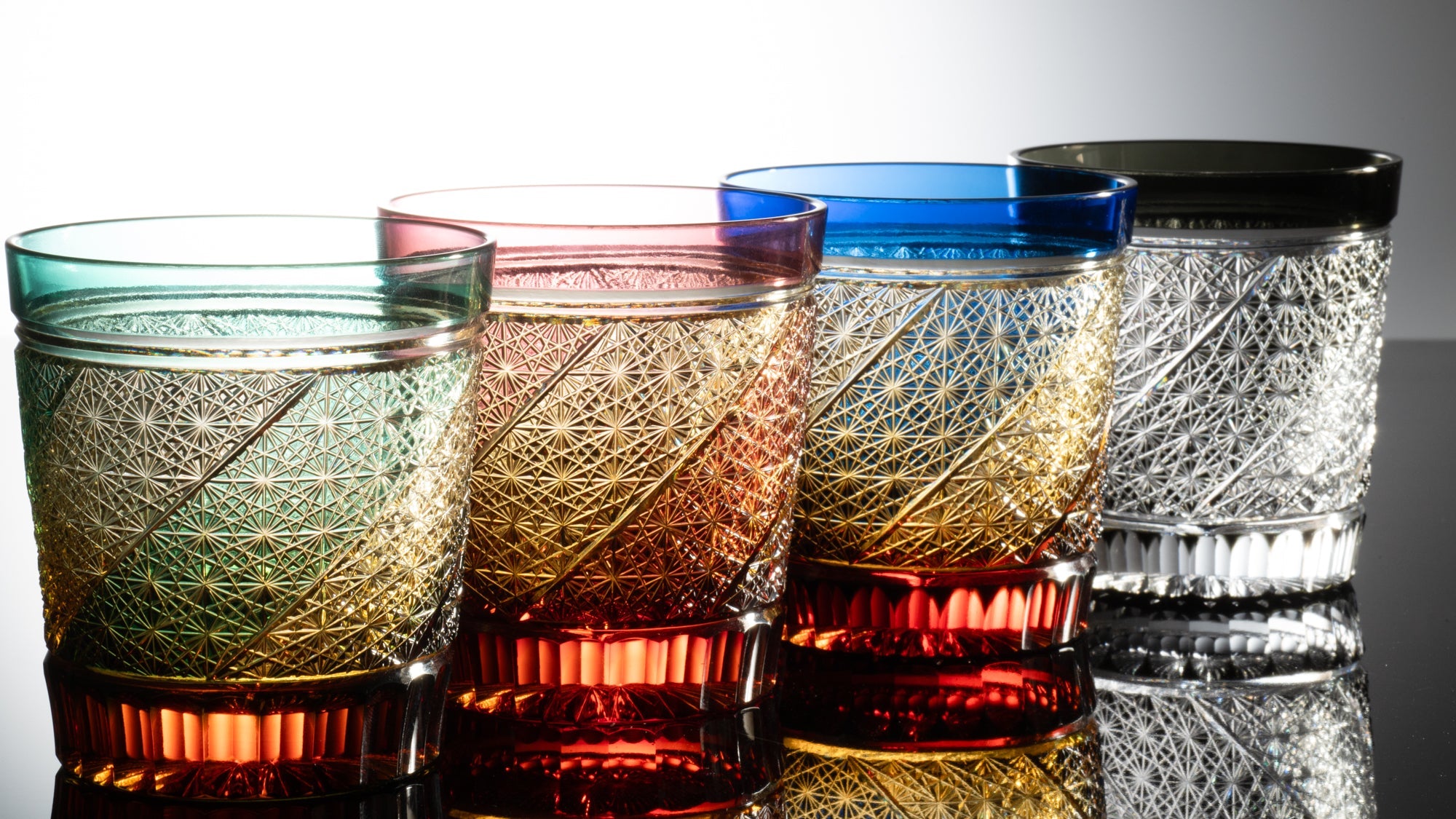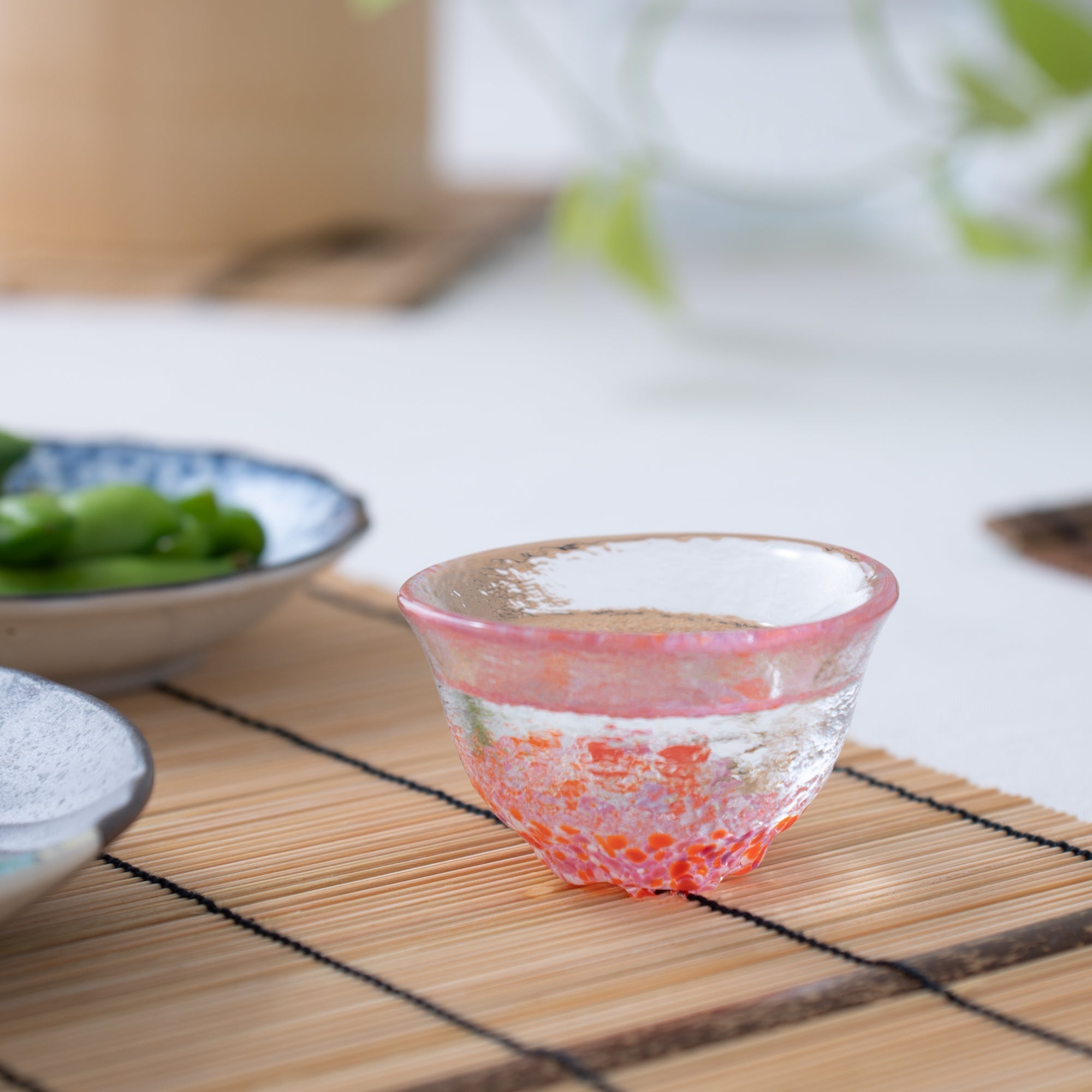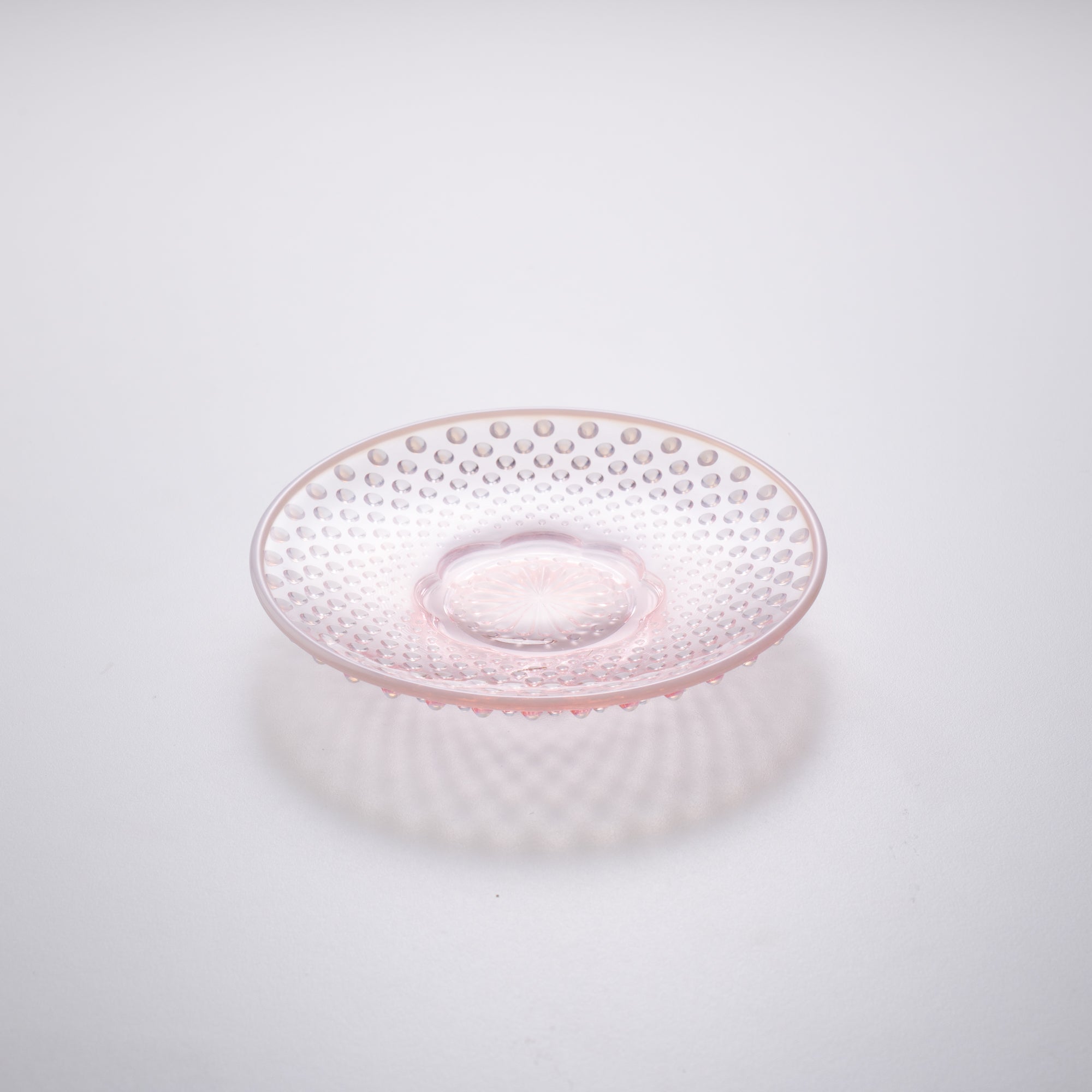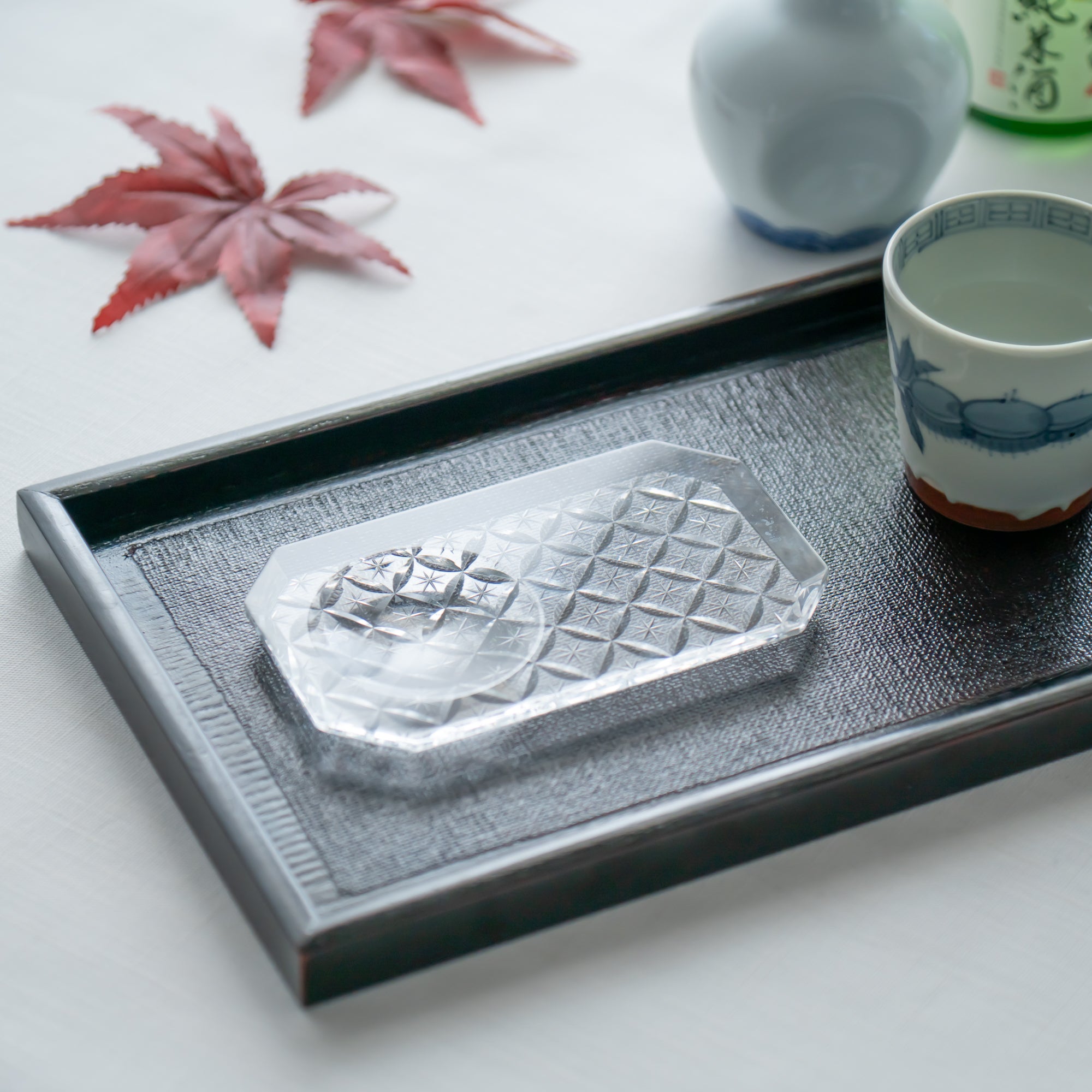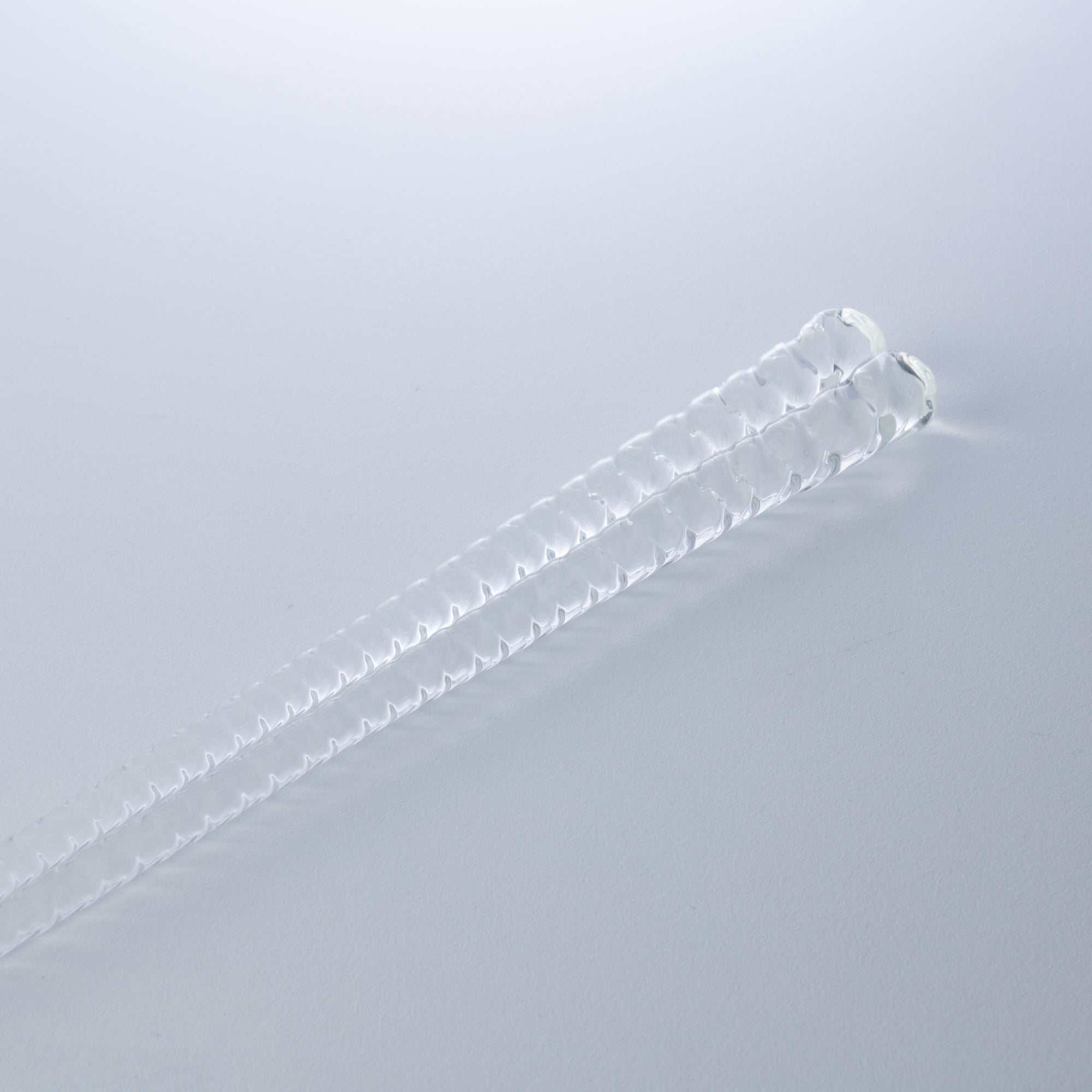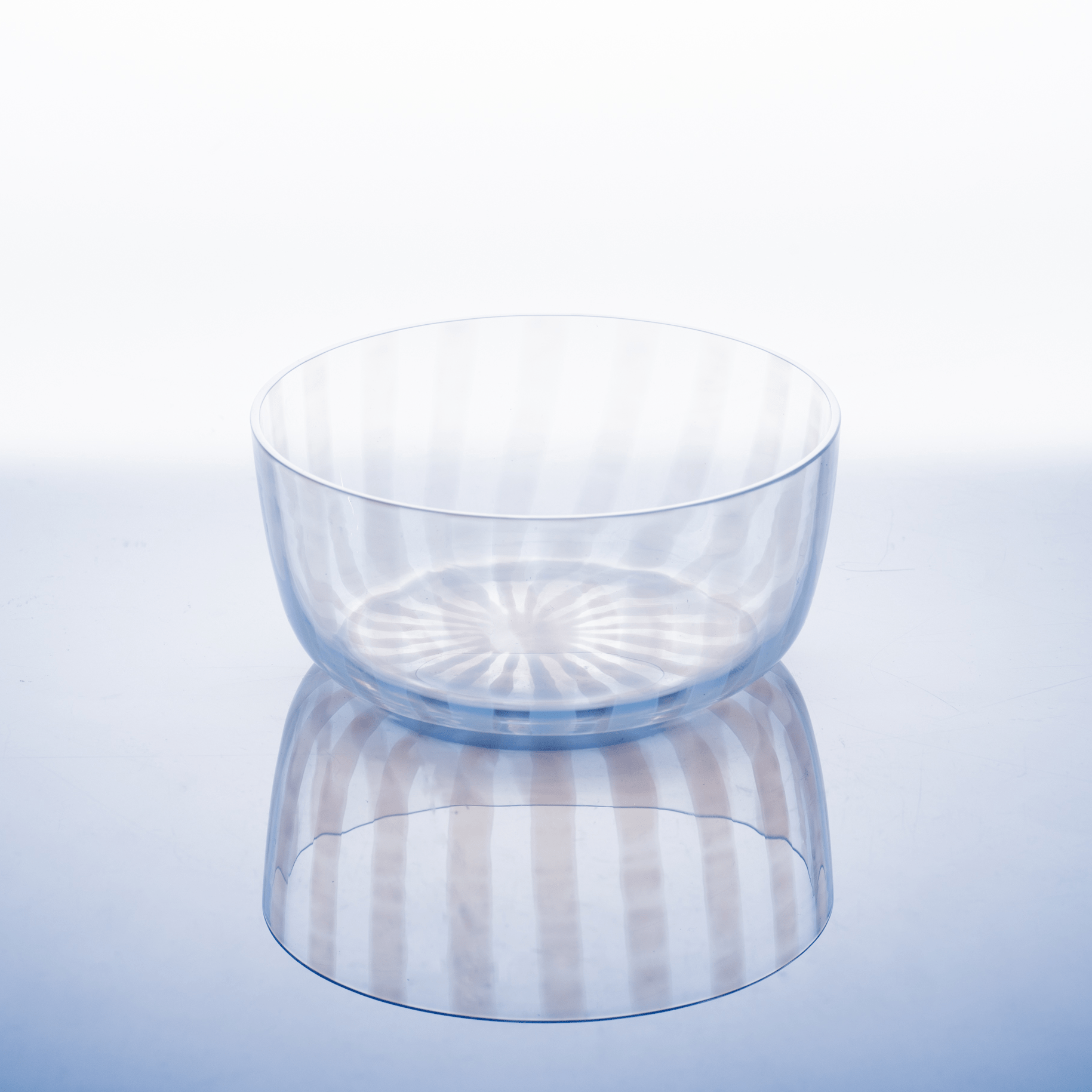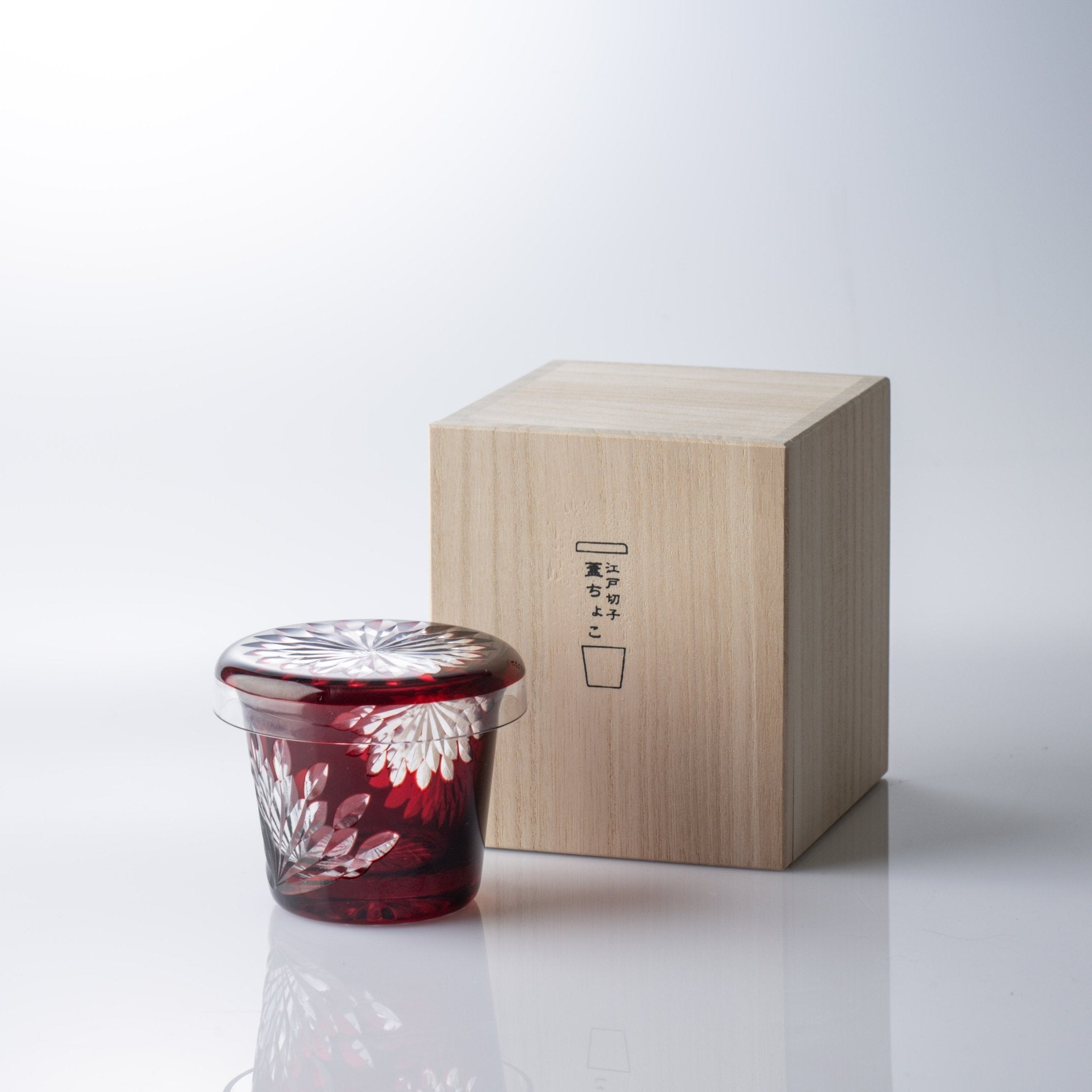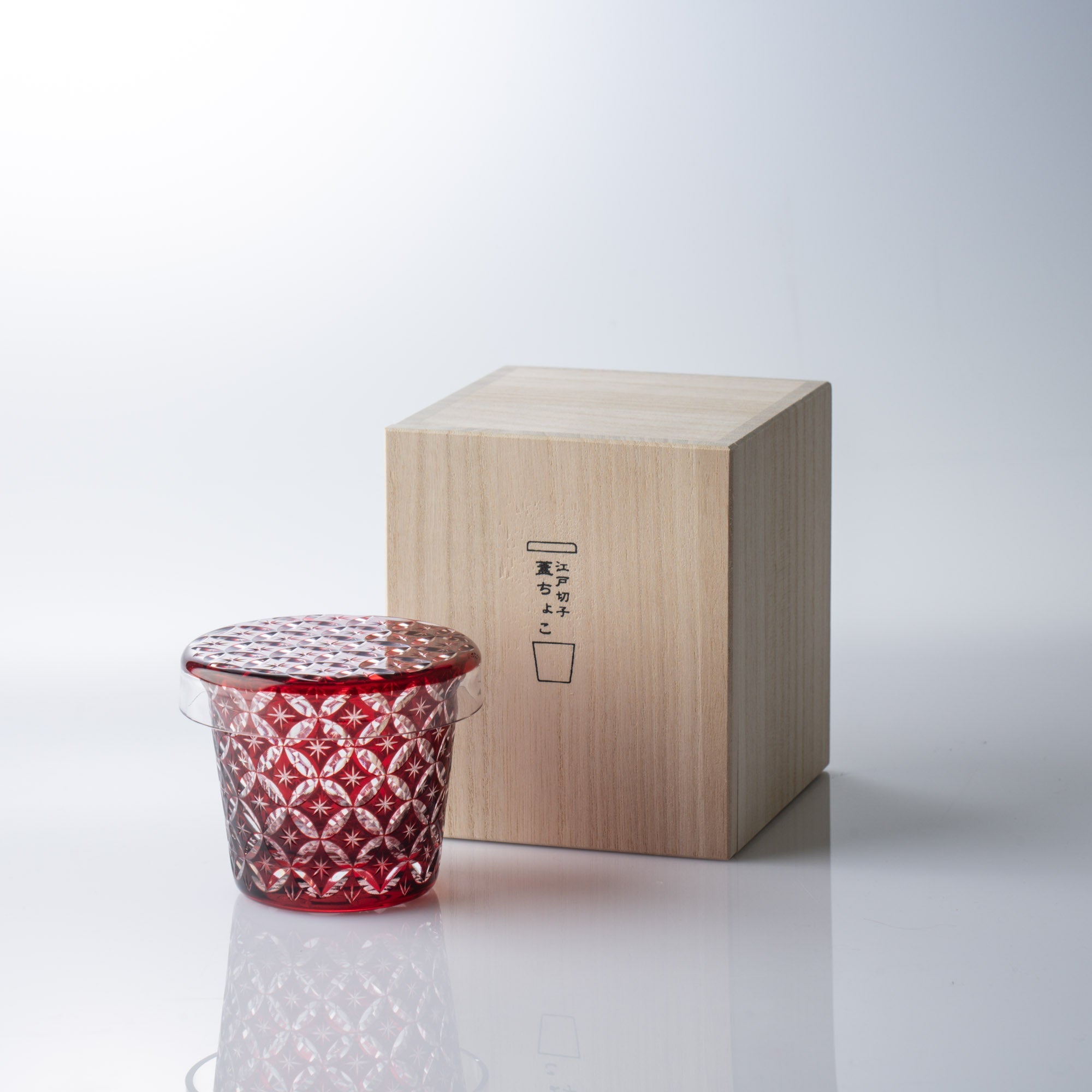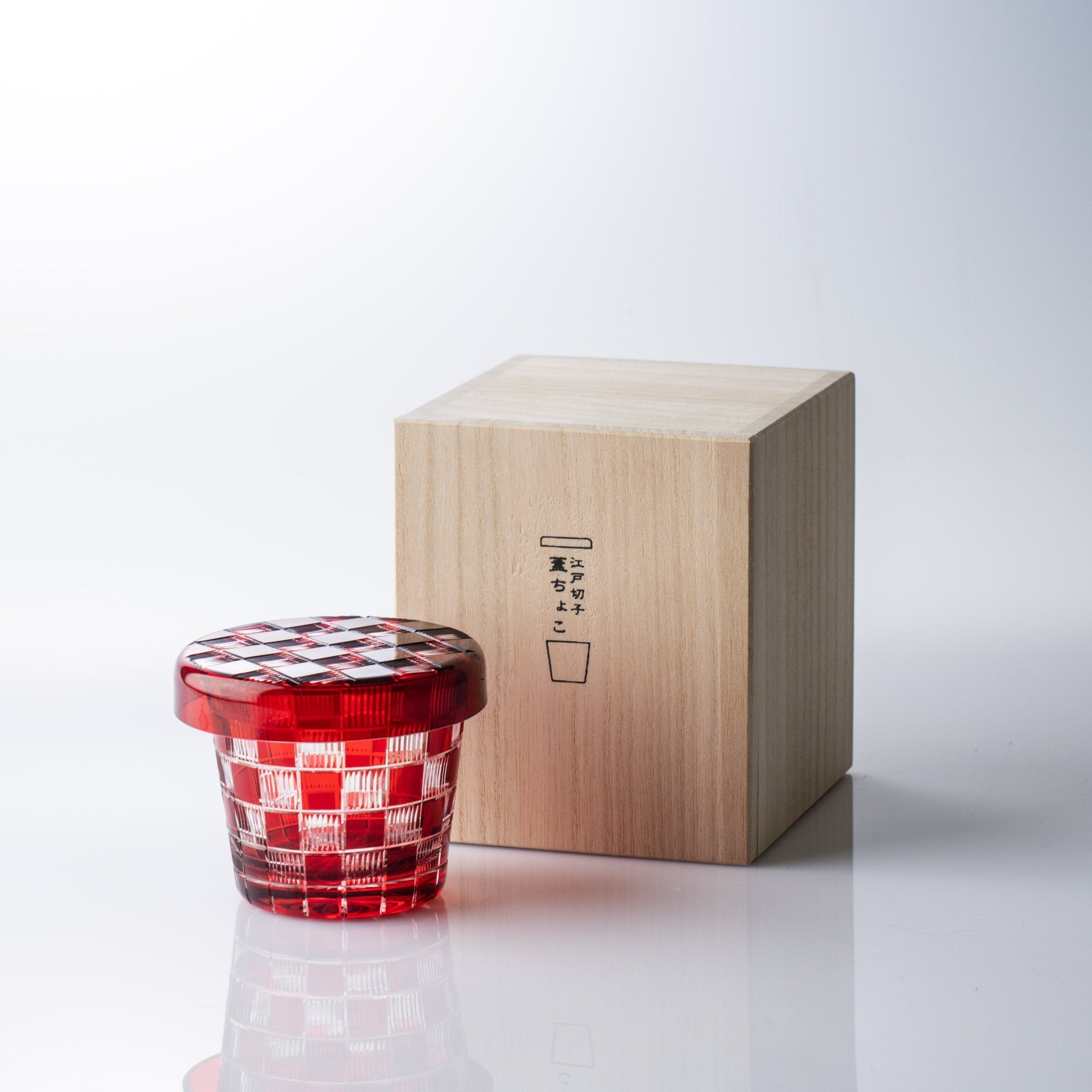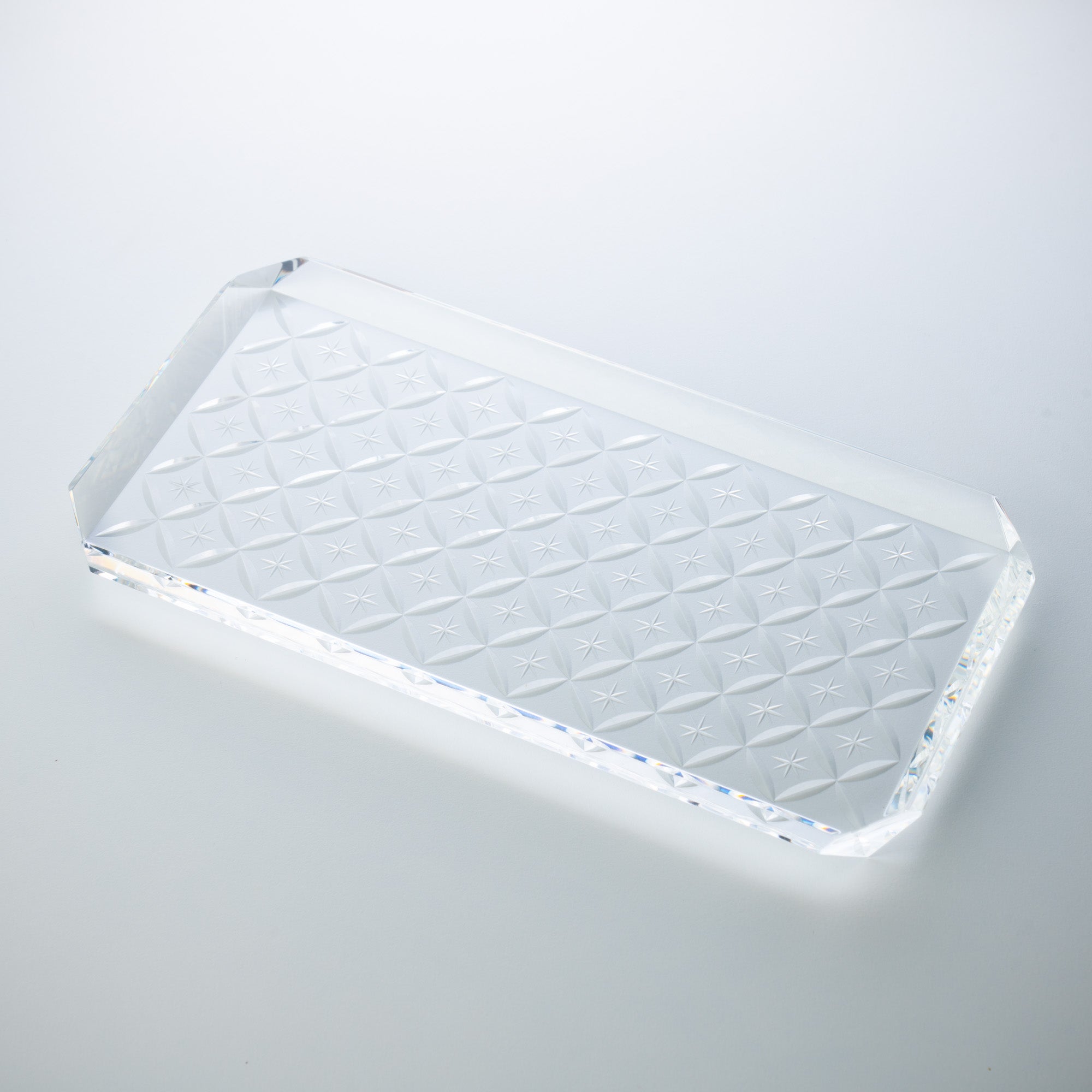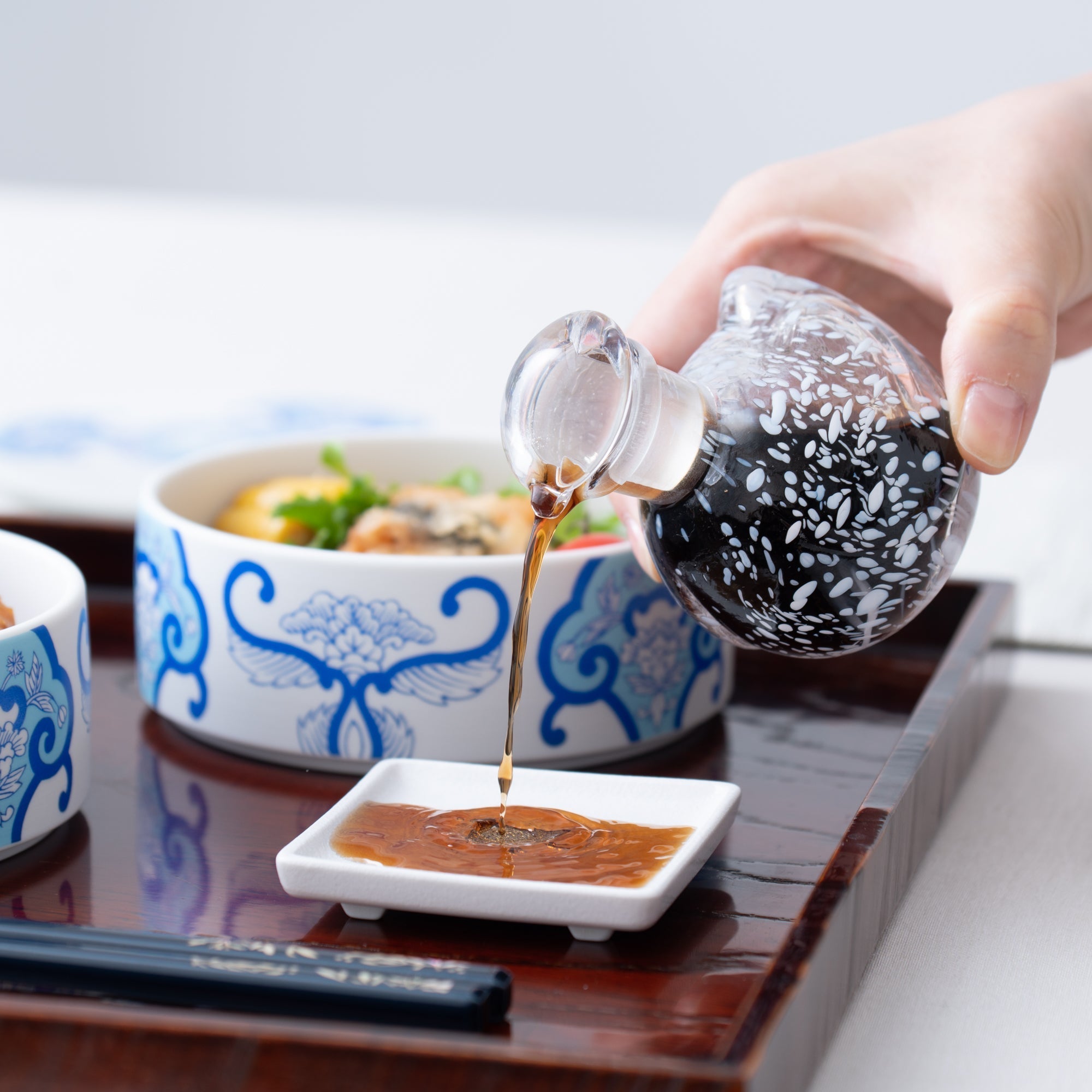
Hirota Glass
Founded in 1899 during Japan’s transformative Meiji era (1868–1912 CE), Hirota Glass stands as one of Tokyo’s oldest glassmakers. With over a century of expertise, the company preserves the delicate techniques of Edo glass and Edo Kiriko while reimagining classic styles. From soft Taisho-era (1912–1926 CE) curves to modern reinterpretations, each piece embodies a dedication to beauty, function, and traditional Japanese charm.
This series captures the light and color of Japan’s changing seasons—seen through glass. Each piece features one of four hues: spring’s yellow blossoms, summer’s lush green, autumn’s glowing red leaves, and winter’s twinkling midnight blue sky. With their playful yet refined design, these small vessels are perfect for adding a seasonal accent to your table, whether for daily meals or special moments.

The Taisho Roman series revives a captivating glassmaking technique from the early 20th century known as nyuhaku glass, translated as “milky white glass.” Once beloved since the Meiji era, this method had nearly vanished—until Hirota Glass brought it back in the 1980s through a long and careful process of experimentation. The soft white patterns are not painted but formed within the glass using bone ash and sudden shifts in temperature during molding. The result is a dreamy, opalescent finish—rare to find outside antique shops—that gives each piece a nostalgic glow.

The Allure of Taisho Romanticism
The Taisho era lasted only fifteen years, but it marked a turning point in Japanese culture. Rapid industrial growth reshaped daily life—railroads, buses, telephones, and printed media all became part of a new modern landscape. This period also saw the rise of democratic ideals, with growing support for women’s rights and individual freedom, especially among the middle class.
In design, Taisho Romanticism took shape—a blend of Western Art Deco and traditional Japanese motifs. With its delicate lines and nostalgic elegance, it echoed the mood of the Jazz Age. Hirota Glass captures this feeling in the Taisho Roman series, where opalescent hues and detailed craftsmanship carry the era’s romantic charm into today.

Named after arare—the Japanese word for hail—this series features small bowls and plates made using pressed glass techniques. Each piece is adorned with softly raised dots, a modern interpretation of a traditional motif long cherished in Japan.
The gentle texture and light-catching surface create a soft shimmer, while subtle hues like milky white and pale pink evoke snowy landscapes and plum blossoms. Perfect for side dishes or sweets, these compact vessels bring a nostalgic charm to everyday table settings.
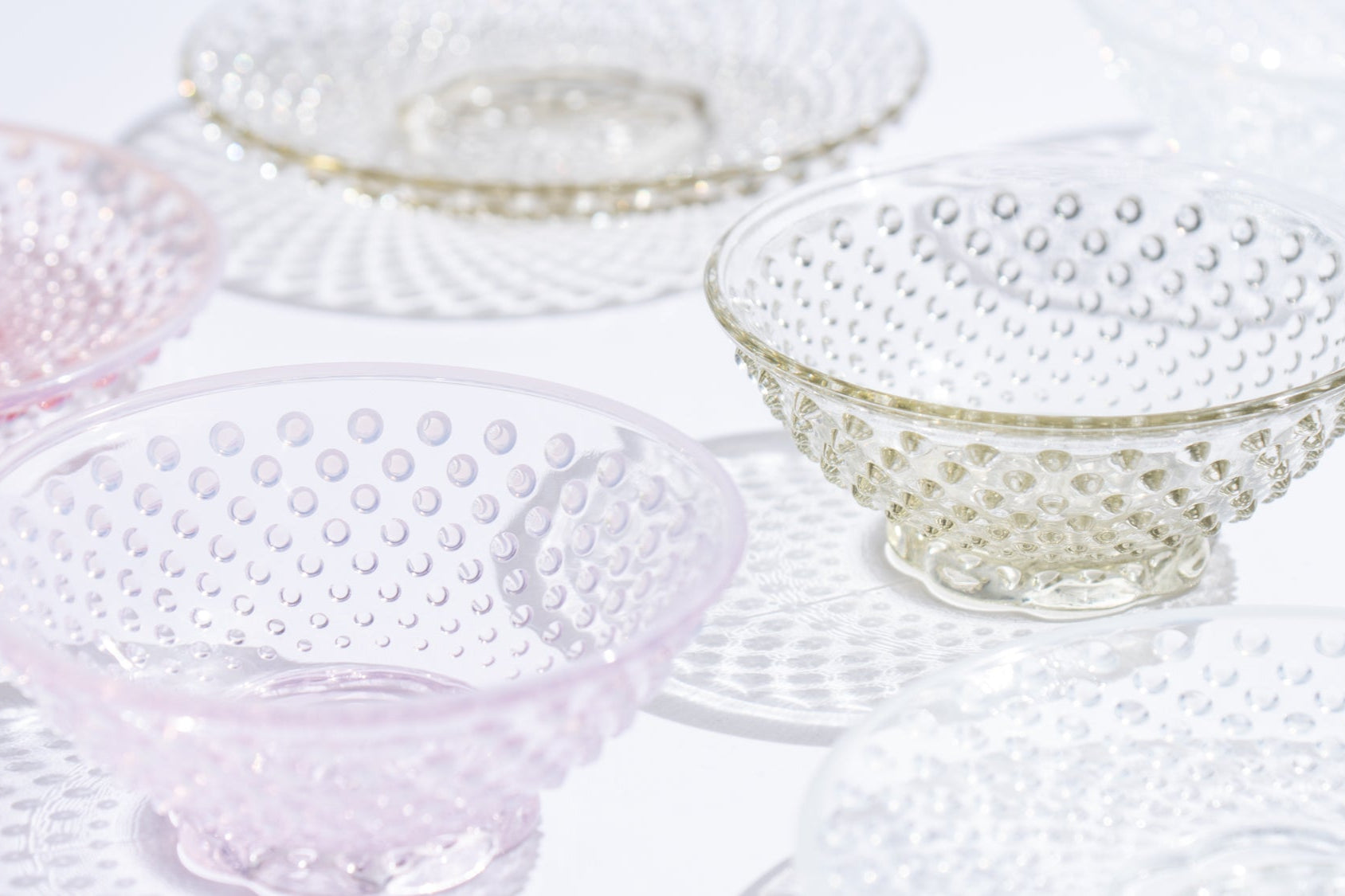
Soba Choko Cup
For those who appreciate the refined detail of Edo Kiriko, the lidded soba choko cups in this series feature traditional cut glass patterns reimagined with a modern touch. The entire surface—from rim to base—is intricately cut, creating rich reflections that shift subtly with the light. The lid is also finely detailed and can double as a small plate for condiments or side dishes.

Soy Sauce Dispenser
Hirota Glass was the first to introduce soy sauce dispensers with frosted glass joints—a design now considered the standard for its clean, drip-free pour. The charming soy sauce dispensers in this series take the shape of a small, colorful bird, blending functionality with a playful form.
Designed to pour smoothly and stop cleanly without leaking, it’s ideal not only for soy sauce but also for other light condiments like vinegar, dressing, or thin syrups. Available in a range of colors, these little birds are delightful to collect or line up like a cheerful flock.

Origin & Other Makers
Related posts
Filters


